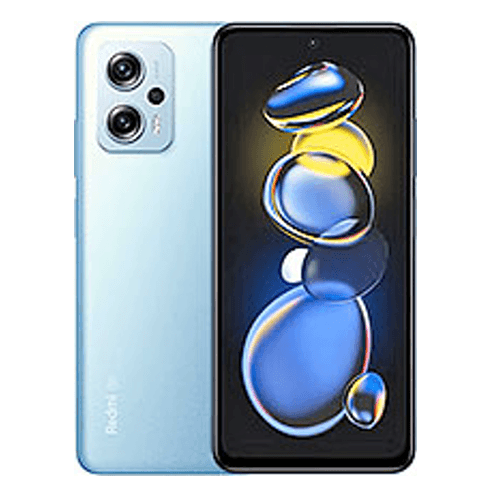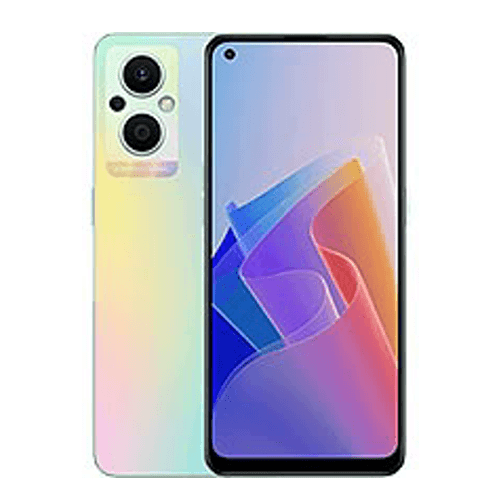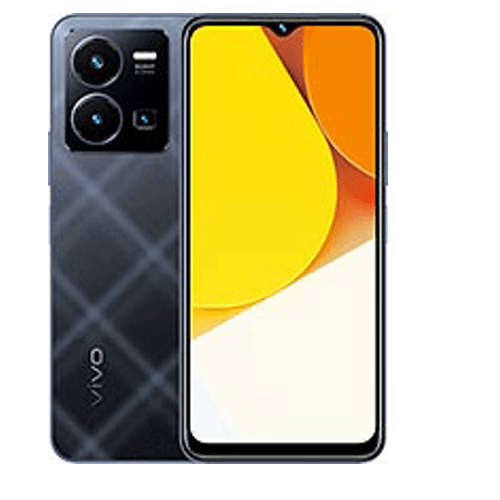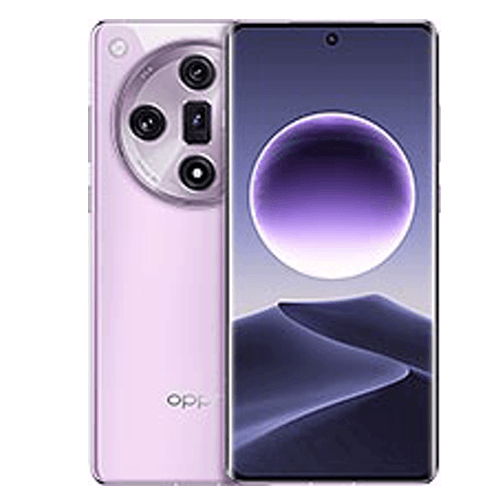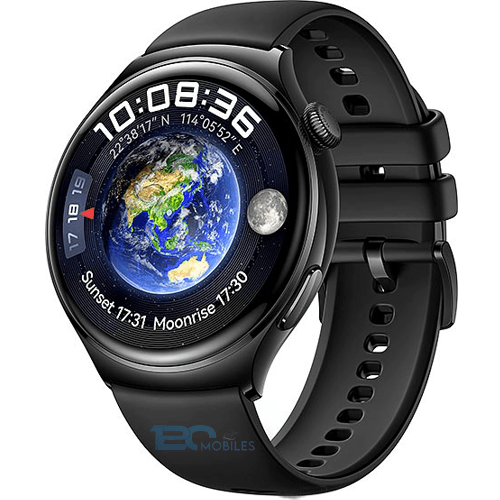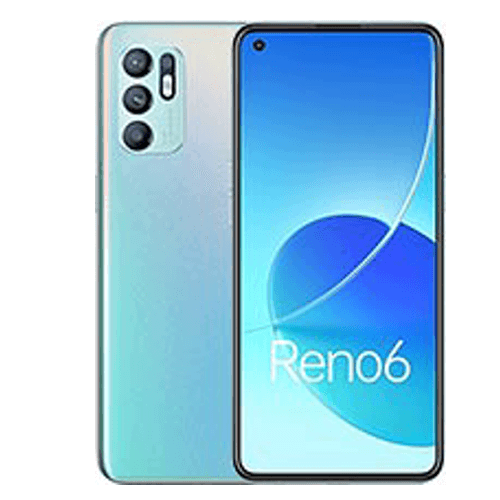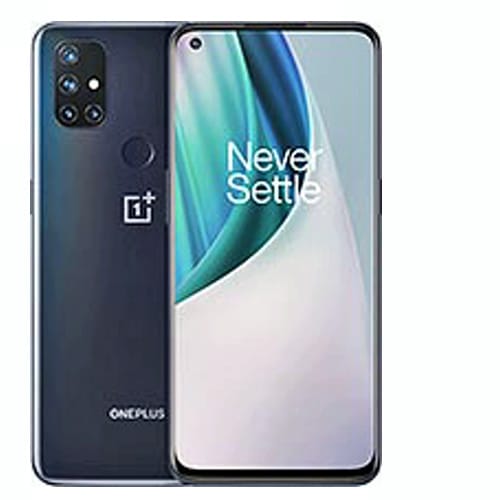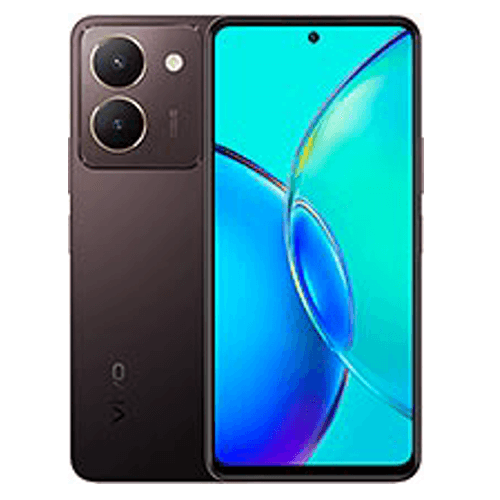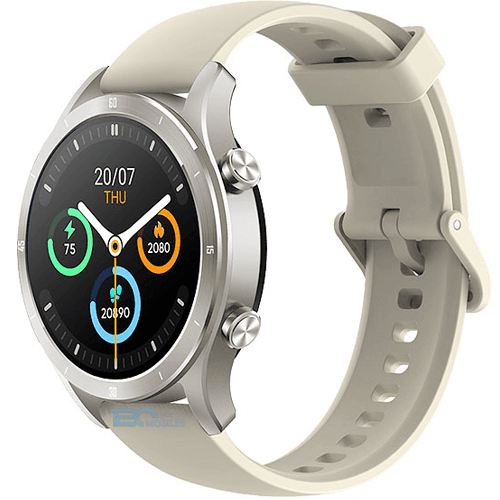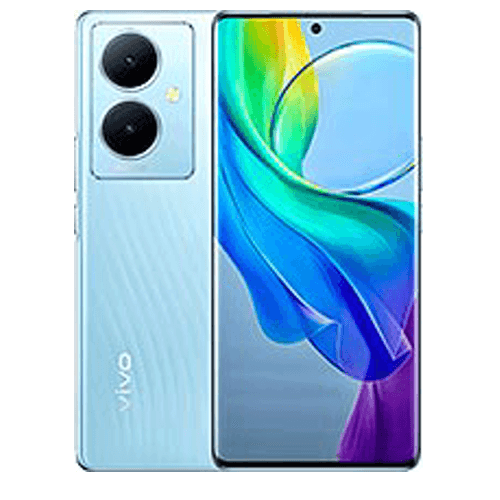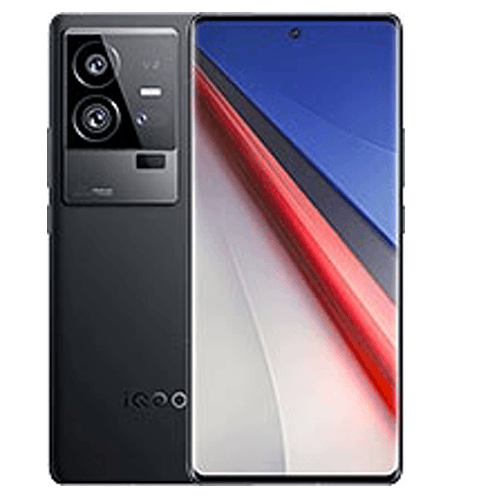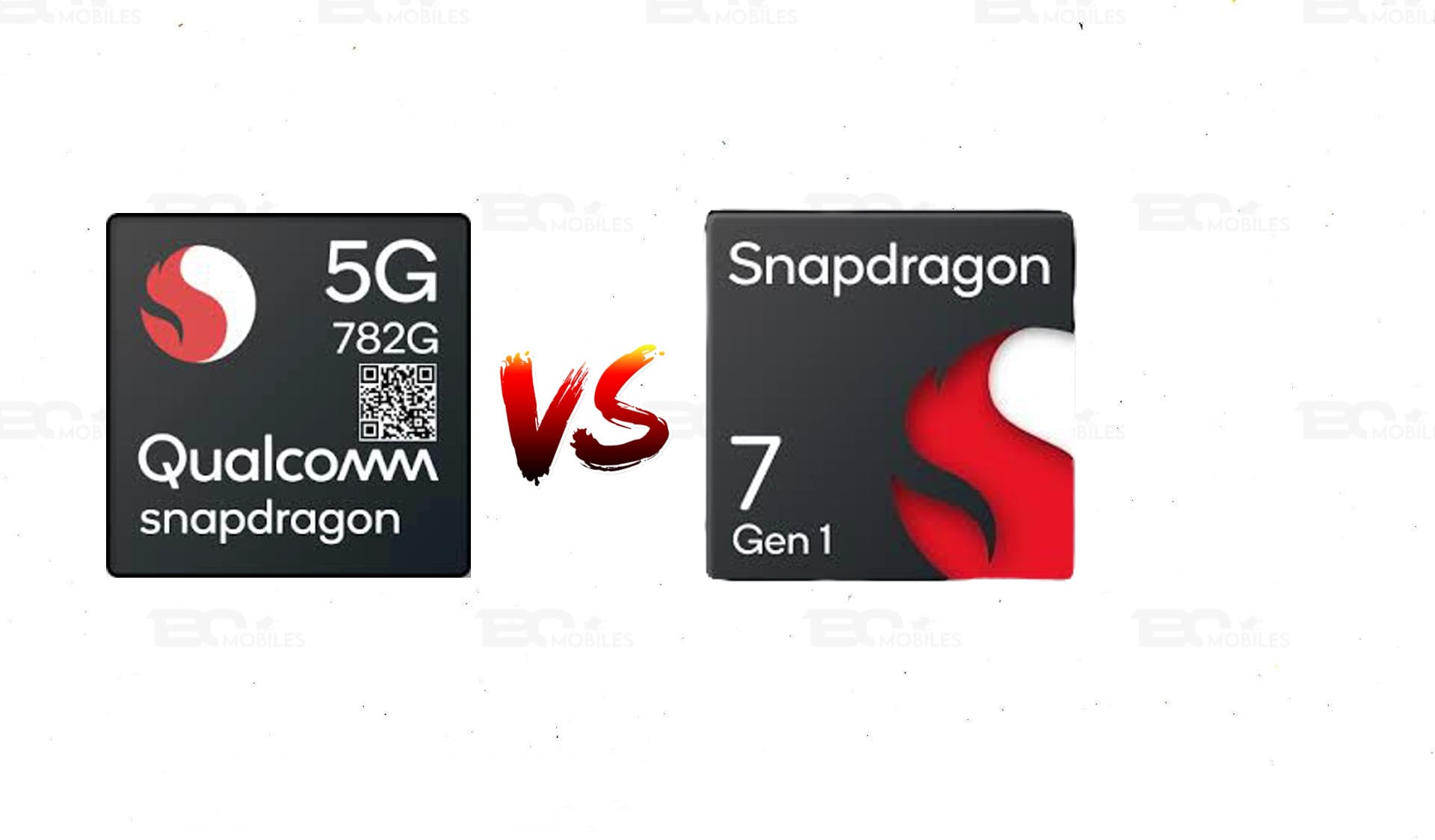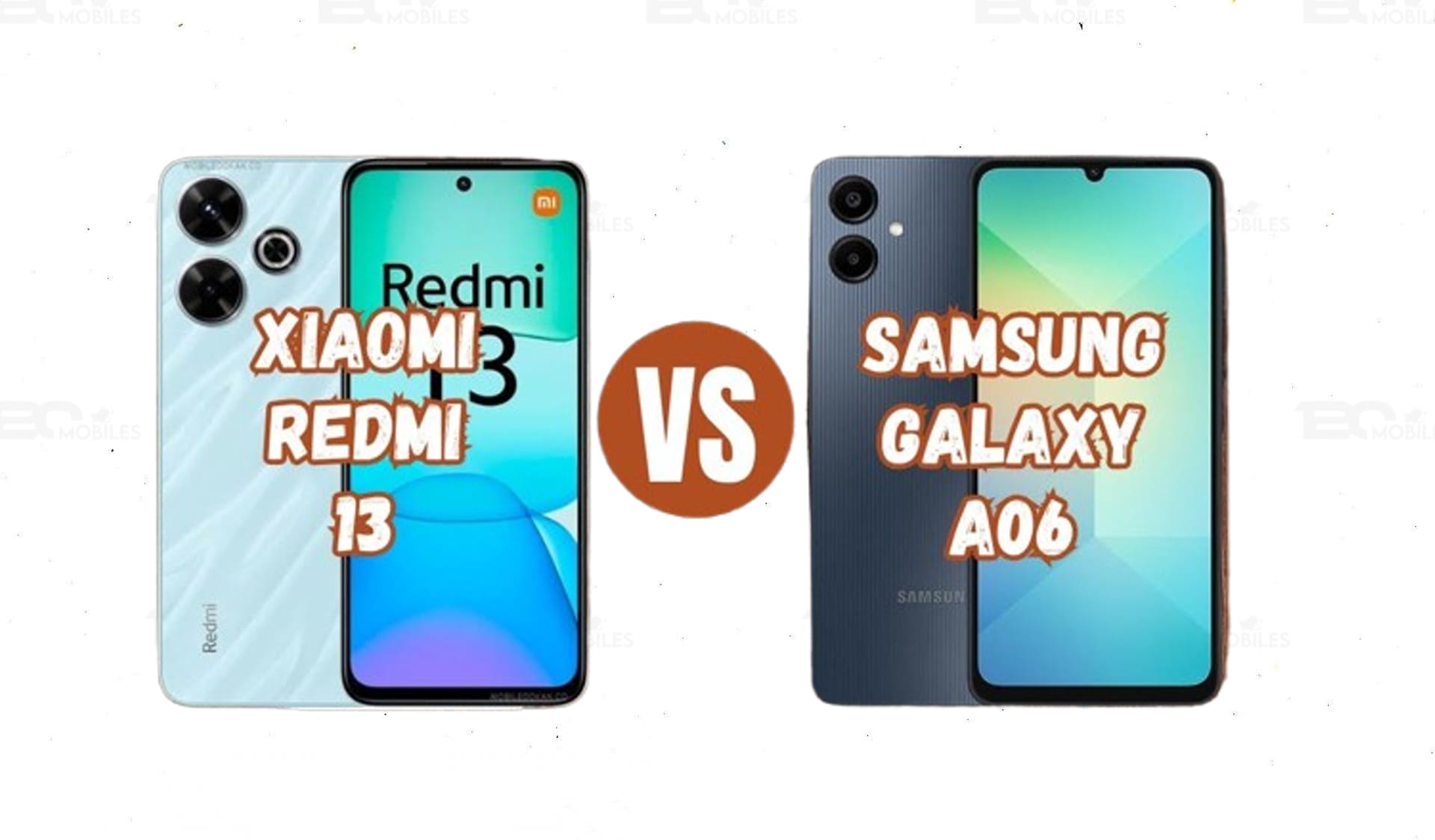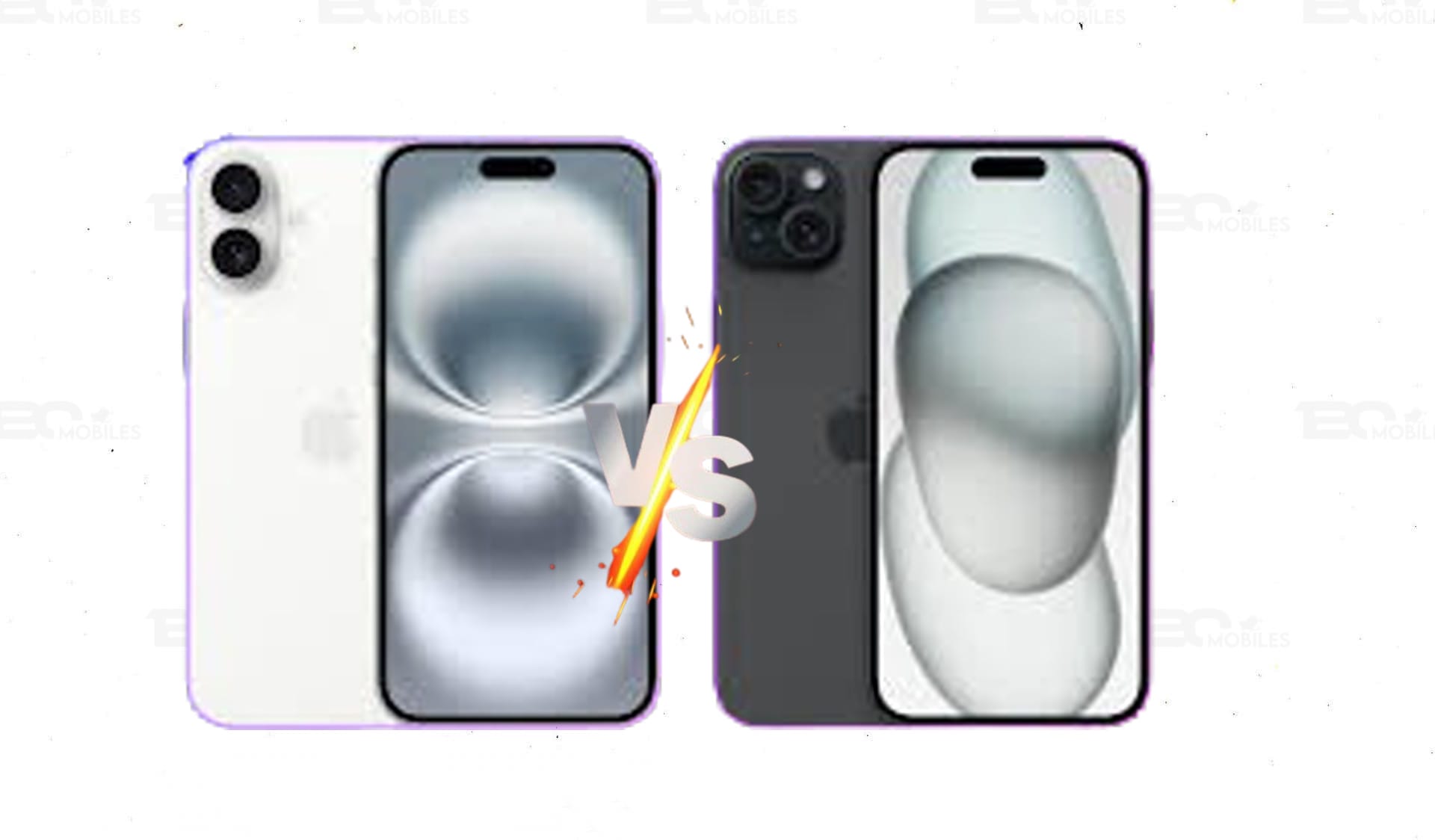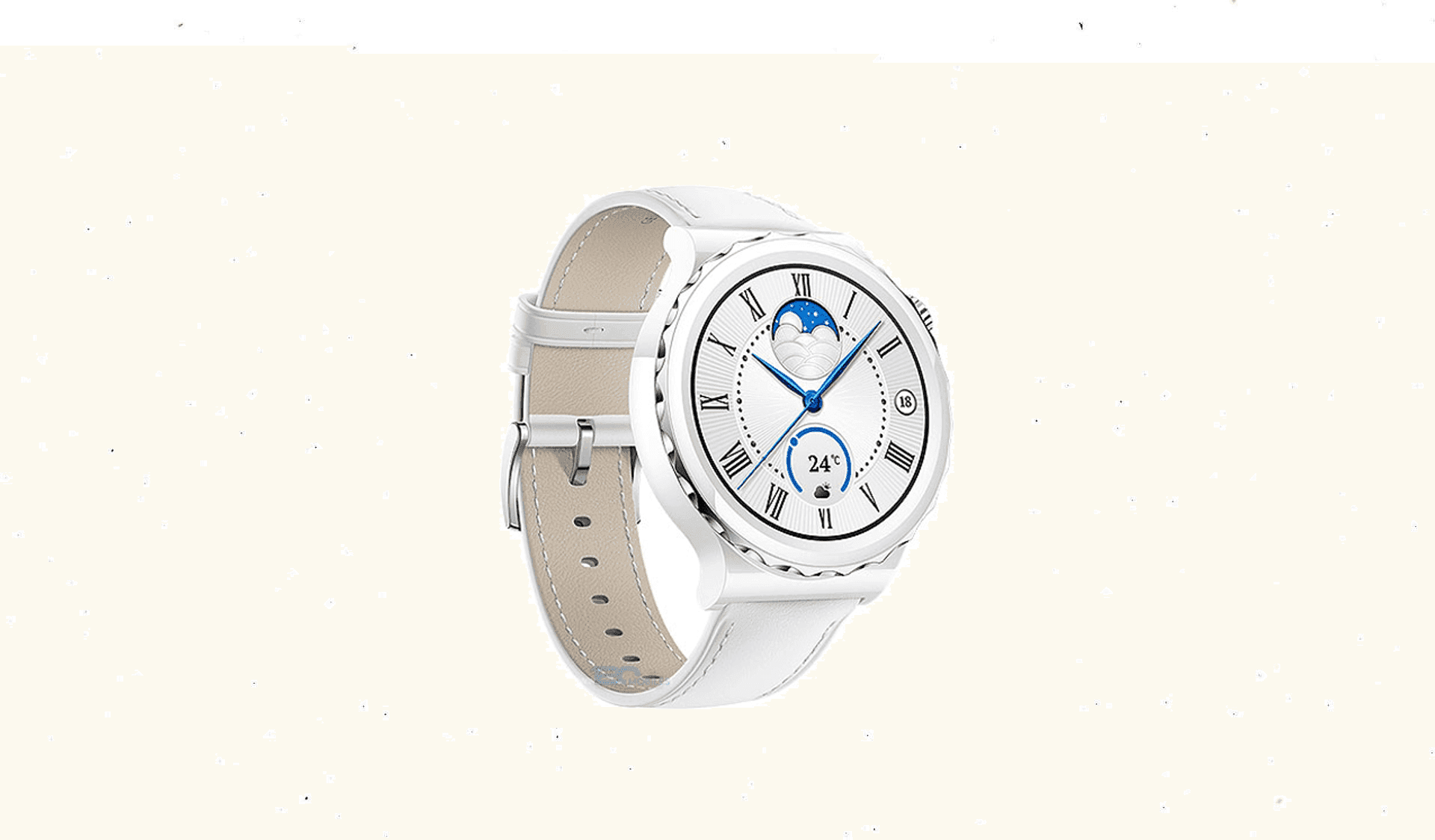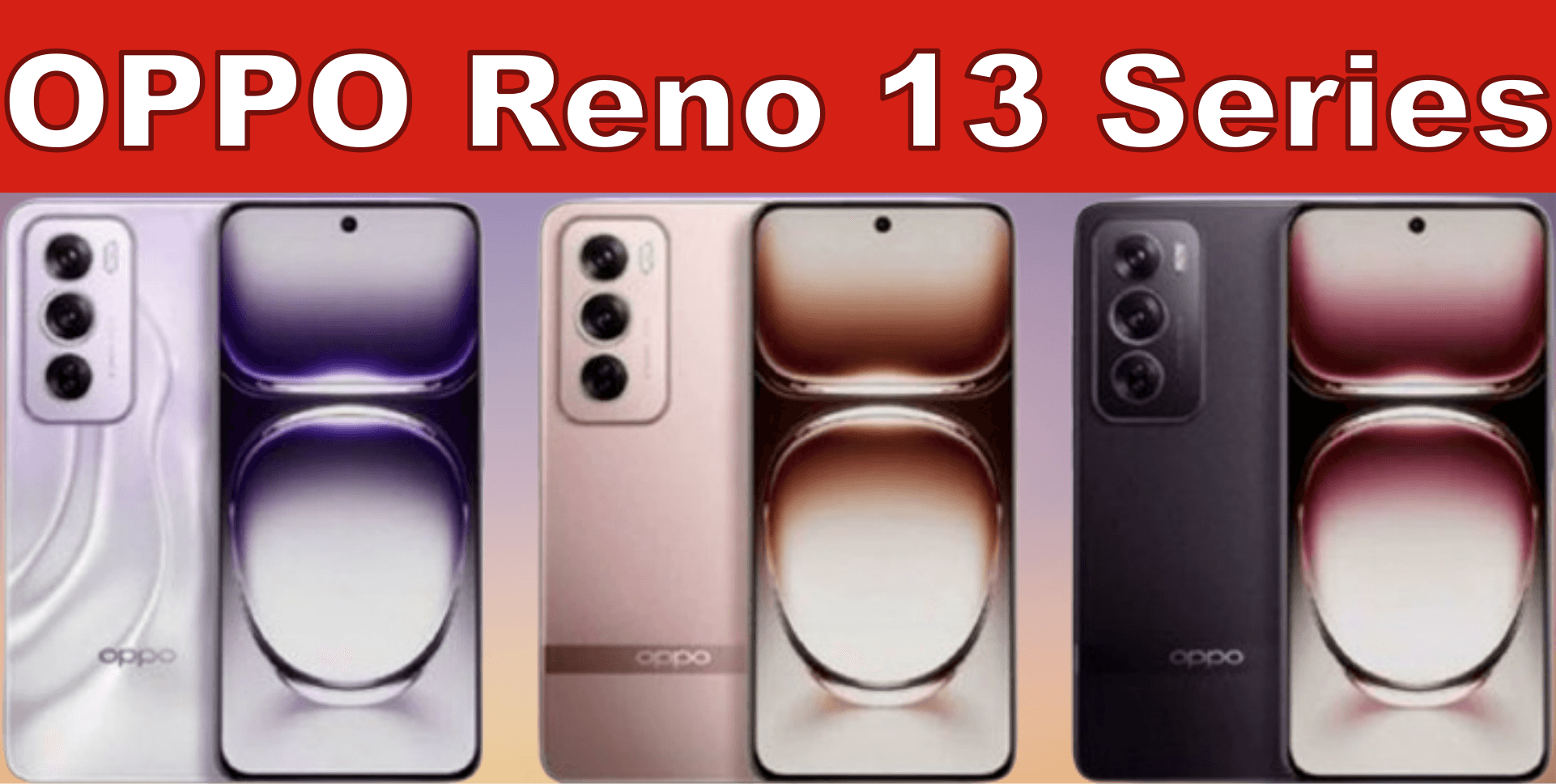Here is a detailed comparison between the Samsung Galaxy S25 and Oppo Find X8.
📑 Table of Contents:
- 📏 Size Comparison
- 🖥️ Display Comparison
- 🔋 Battery Life
- ⚡ Charging Speed
- 🔊 Speaker Test
- 🚀 Performance
- 📊 Benchmark Performance
- 📸 Camera Comparison
- 🎥 Video Quality
- 🏆 Overall Verdict
📏 Size Comparison
Feature | Samsung Galaxy S25 | Oppo Find X8 |
|---|---|---|
Dimensions (Height x Width x Thickness) | 146.3 x 70.8 x 7.6 mm | 148.9 x 71.2 x 7.9 mm |
Weight | ~195 grams | ~202 grams |
Display Size | 6.2 inches (Flat AMOLED Display) | 6.3 inches (Curved AMOLED Display) |
Screen-to-Body Ratio | ~90.2% | ~91.5% |
Build Material | Armor Aluminum Frame + Gorilla Glass Victus 2 | Stainless Steel Frame + Ceramic Back Panel |
Port Placement | USB-C Port at Bottom, Speaker Grills on Top and Bottom | USB-C Port at Bottom, Symmetrical Design with Hidden Ports |
Ergonomics | Compact and lightweight, ideal for one-handed use | Slightly larger but balanced weight distribution |
🖥️ Display Comparison
Feature | Samsung Galaxy S25 | Oppo Find X8 |
|---|---|---|
Display Type | AMOLED (Dynamic AMOLED 3X) | AMOLED (LTPO OLED) |
Screen Size | 6.7 inches | 6.7 inches |
Resolution | 3200 x 1440 pixels (QHD+) | 3200 x 1440 pixels (QHD+) |
Refresh Rate | Adaptive 120Hz (1-120Hz) | Adaptive 120Hz (10-120Hz) |
Brightness (Peak) | 2500 nits | 2200 nits |
Color Gamut | DCI-P3 100% | DCI-P3 100% |
HDR Support | HDR10+ | HDR10+ |
Touch Sampling Rate | 480Hz | 360Hz |
Always-On Display | Yes, with enhanced customization options | Yes, with basic customization |
Gorilla Glass Protection | Corning Gorilla Glass Victus 3 | Corning Gorilla Glass Victus 2 |
Under-Display Camera (UDC) | No | Yes (with improved transparency) |
Eye Comfort Features | AI-based blue light reduction + Flicker-free mode | Blue light filter + Flicker-free mode |
🔋 Battery Life
Feature | Samsung Galaxy S25 | Oppo Find X8 |
|---|---|---|
Battery Capacity | 5000mAh | 5200mAh |
Fast Charging | 45W Super Fast Charging | 100W SuperVOOC Fast Charging |
Wireless Charging | 25W Wireless Charging | 50W Wireless Charging |
Reverse Wireless Charging | 10W Reverse Wireless Charging | 15W Reverse Wireless Charging |
Battery Optimization | AI-based adaptive battery management | AI-based adaptive battery management with enhanced efficiency |
Screen-on Time (Estimated) | Up to 8 hours under heavy usage | Up to 9 hours under heavy usage |
Standby Time (Estimated) | Up to 48 hours | Up to 50 hours |
Software Efficiency | Optimized with One UI for efficient power consumption | Optimized with ColorOS for efficient power consumption |
Charging Accessories | Includes 45W charger in the box | Includes 100W charger in the box |
Battery Health Management | Adaptive Battery Health feature to prolong lifespan | Advanced Battery Health+ feature to reduce degradation |
Energy-Efficient Display | Dynamic AMOLED 2X with adaptive refresh rate (1-120Hz) | LTPO AMOLED with adaptive refresh rate (1-120Hz) |
⚡ Charging Speed
Feature | Samsung Galaxy S25 | Oppo Find X8 |
|---|---|---|
Wired Charging Speed | 45W Fast Charging | 100W SuperVOOC |
Wireless Charging Speed | 25W Wireless Charging | 50W AirVOOC |
Reverse Wireless Charging | 10W Reverse Wireless Charging | 15W Reverse Wireless Charging |
Battery Capacity | ~5000mAh | ~5000mAh |
Charging Technology | Adaptive Fast Charging with AI optimization | SuperVOOC and AirVOOC with advanced heat management |
Time to Full Charge (Wired) | ~60 minutes | ~30 minutes |
Charging Safety Features | Overcharge protection, temperature monitoring | Multi-layer heat dissipation, overcharge protection, real-time temperature control |
Proprietary Charger Included | Yes, 45W charger included | Yes, 100W charger included |
Compatibility with Standards | Supports USB-PD and QC standards | Supports USB-PD, QC, and proprietary VOOC standards |
Battery Health Optimization | AI-based battery health management | AI-based battery health with adaptive charging schedules |
🔊 Speaker Test
Feature | Samsung Galaxy S25 | Oppo Find X8 |
|---|---|---|
Speaker Type | Stereo speakers with Dolby Atmos support | Dual stereo speakers with Dirac Sound enhancement |
Sound Quality | Crisp highs, deep bass, and balanced mids | Rich bass, clear mids, and slightly emphasized highs |
Max Volume | 95dB (loud and distortion-free at max volume) | 92dB (slightly lower but still loud and clear) |
Bass Performance | Enhanced bass with dynamic range adjustments | Deep bass with Dirac-powered optimization |
Treble Clarity | Clear and detailed treble without harshness | Slightly sharper treble, which may feel harsh at higher volumes |
Midrange Accuracy | Accurate and well-balanced midrange | Midrange slightly recessed, emphasizing bass and treble |
Spatial Audio Support | Dolby Atmos with head-tracking for spatial audio | Dirac Panorama Sound for immersive spatial audio |
Gaming Audio Experience | Optimized for gaming with directional audio cues | Enhanced gaming mode with virtual surround sound |
Call Quality (Speaker Mode) | Clear voice reproduction with noise cancellation | Excellent voice clarity with AI-based background noise suppression |
Water Resistance Impact | IP68-rated speakers maintain quality even after water exposure | IP68-rated speakers with minor distortion after prolonged water exposure |
Audio Customization Options | Equalizer with multiple presets and manual adjustments | Advanced equalizer with AI-driven adaptive sound profiles |
🚀 Performance
Feature | Samsung Galaxy S25 | Oppo Find X8 |
|---|---|---|
Processor | Qualcomm Snapdragon 8 Gen 4 or Exynos 2500 (region-dependent) | MediaTek Dimensity 9300+ or Snapdragon 8 Gen 4 (region-dependent) |
CPU Architecture | Octa-core (1x Cortex-X5 Prime, 3x Cortex-A7xx, 4x Cortex-A5xx) | Octa-core (1x Cortex-X4 Prime, 3x Cortex-A7xx, 4x Cortex-A5xx) |
GPU | Adreno 850 or next-gen Mali GPU (Exynos) | Immortalis-G715 MC12 or Adreno 850 |
RAM Options | Up to 16GB LPDDR5X | Up to 16GB LPDDR5X |
Storage Options | 128GB, 256GB, 512GB, 1TB UFS 4.0 | 128GB, 256GB, 512GB, 1TB UFS 4.0 |
AI Performance | Dedicated NPU (Neural Processing Unit) for AI tasks | Enhanced AI processing with MediaTek APU 7.0 or Snapdragon Hexagon NPU |
Thermal Management | Advanced vapor chamber cooling system | Vapor chamber cooling with graphite layers |
Battery Life | 5000mAh with Adaptive Power Saving Mode | 4800mAh with Smart Power Optimization |
Fast Charging | 45W wired, 25W wireless, 15W reverse charging | 100W wired, 50W wireless, 10W reverse charging |
Software & Updates | One UI 6.0 based on Android 14, 4 years of OS updates | ColorOS 14 based on Android 14, 3 years of OS updates |
Gaming Performance | Optimized for high-refresh-rate gaming with Game Booster | Optimized for high-refresh-rate gaming with HyperBoost Gaming Engine |
5G Connectivity | Sub-6GHz and mmWave support | Sub-6GHz and mmWave support |
Biometrics | Ultrasonic fingerprint scanner + Face Recognition | Optical fingerprint scanner + Face Recognition |
📊 Benchmark Performance
🔹 GeekBench 6
| Specification | Samsung Galaxy S25 | Oppo Find X8 |
|---|---|---|
| Single-Core | ~3160 | ~2250 |
| Multi-Core | ~9941 | ~7800 |
🔹 Antutu 10
| Specification | Samsung Galaxy S25 | Oppo Find X8 |
|---|---|---|
| Total Score | ~2.2M | ~2.0M |
🔹 3DMark
| Specification | Samsung Galaxy S25 | Oppo Find X8 |
|---|---|---|
| GPU Score | Higher | Slightly lower |
📸 Camera Comparison
Feature | Samsung Galaxy S25 | Oppo Find X8 |
|---|---|---|
Main Camera Sensor | 200MP ISOCELL HP3 with advanced pixel-binning technology | 160MP Sony IMX989 with large sensor size |
Ultra-Wide Camera | 50MP, 120° field of view, distortion correction | 48MP, 110° field of view, minimal distortion |
Telephoto/Zoom Camera | 10x optical zoom, 100x digital zoom, Dual Pixel AF | 5x optical zoom, 50x digital zoom, advanced OIS |
Front Camera | 40MP with AI enhancements | 32MP with basic AI features |
Low-Light Performance | Advanced Nightography with AI Noise Reduction and Brightness Optimization | Ultra Night Mode with multi-frame noise reduction |
HDR Photography | HDR10+ with dynamic tone mapping | HDR10 with improved color accuracy |
AI Features | Real-time object tracking, enhanced color accuracy, scene optimization | Scene recognition, portrait enhancement, basic object detection |
Pro Mode | Full manual controls (ISO, shutter speed, white balance, focus) | Limited manual controls |
Macro Camera | Dedicated 12MP macro lens with autofocus | No dedicated macro lens, uses ultra-wide for macro shots |
Video Quality | 8K at 30fps, 4K at 60fps, HDR10+, Enhanced Super Steady Mode | 8K at 24fps, 4K at 60fps, HDR10 |
Portrait Mode | Advanced bokeh effects, real-time depth adjustment, dual-lens support | Standard bokeh effects, limited depth adjustment |
Thermal Management | Advanced cooling system for extended high-quality photo/video sessions | Standard cooling system |
🎥 Video Quality
Feature | Samsung Galaxy S25 | Oppo Find X8 |
|---|---|---|
Main Camera Video Resolution | 8K at 30fps, 4K at 60fps | 8K at 24fps, 4K at 60fps |
Front Camera Video Resolution | 4K at 30fps | 4K at 30fps |
Stabilization | Advanced Optical Image Stabilization (OIS) + Enhanced Super Steady Mode | Optical Image Stabilization (OIS) + Electronic Image Stabilization (EIS) |
Low-Light Video Performance | Improved Nightography with AI Noise Reduction and Brightness Optimization | Ultra Night Video Mode with Multi-Frame Noise Reduction |
HDR Video Recording | HDR10+ | HDR10+ |
Slow Motion Video | 960fps Super Slow Motion at HD resolution | 960fps Super Slow Motion at HD resolution |
Audio Zoom | Yes, with enhanced directional audio capture | Yes, with directional audio capture |
Pro Video Mode | Full manual controls (ISO, shutter speed, white balance, etc.) | Manual controls (ISO, shutter speed, white balance) |
Time-Lapse Video | Available with customizable intervals and exposure settings | Available with customizable intervals |
AI Video Enhancements | Real-time object tracking, enhanced color accuracy, and adaptive exposure adjustments | Real-time scene recognition and basic object tracking |
Thermal Management | Advanced cooling system for extended high-quality video recording | Standard cooling system |
🏆 Overall Verdict
🔹 Pros
Samsung Galaxy S25:
✅ More compact and lightweight design
✅ Better software optimization (One UI)
✅ Snapdragon 8 Gen 3 is faster than MediaTek Dimensity 9400
✅ Stronger software support and long-term updates
✅ Better video stabilization
Oppo Find X8:
✅ Larger, higher-resolution display
✅ Much bigger battery (5000mAh)
✅ Faster charging (100W wired, 50W wireless)
✅ Higher-resolution cameras (50MP + 50MP + 50MP)
✅ More RAM options (up to 16GB)
🔹 Cons
Samsung Galaxy S25:
❌ Smaller battery (4000mAh)
❌ Slower wired and wireless charging
Oppo Find X8:
❌ Slightly bulkier and heavier
❌ MediaTek Dimensity 9400 is slightly weaker than Snapdragon 8 Gen 3
❌ Software updates may not last as long as Samsung’s One UI.


